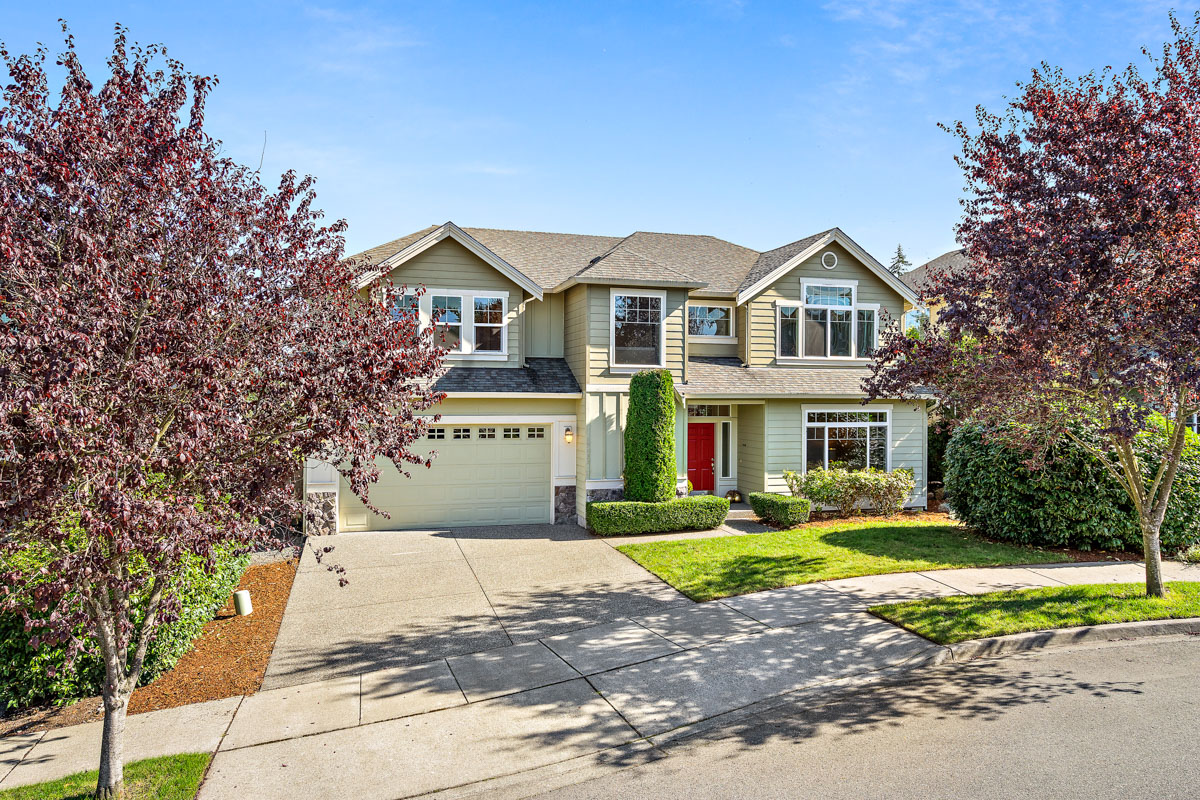Photographers may make magic with their cameras, but they’re still subject to the same 24-hour day as everyone else. Professional photographers must work efficiently to maximize their income.
Setting a schedule dictates what photographers do and when they do it, but doesn’t answer the question of how much time to leave between shoots. The amount of shoots a photographer can complete in a given day correlates to the amount of income he or she will earn.
Though the exact amount of time to leave between shoots varies from photographer to photographer, there is an easy process of determining that number.
Understand How Long a Shoot Takes
Before determining how much time you should leave between shoots, first determine how long an average shoot takes. For events like weddings, you can reasonably expect to invest most of an entire day to the single shoot.
What about real estate photography? If you’ve been shooting real estate for any length of time, you likely already know the average length of time you spend in properties of different sizes. If you offer portrait or headshot photography, you can dictate the length of sessions.
With the average length of time a given type of shoot takes, you can extrapolate how many of each you can feasibly fit into a single day. If you can shoot an average-sized home in an hour, you might be comfortable booking five or six homes per day, for example.
Be Efficient With Your Scheduling
After determining how many shoots you can fit into a given day, you still need to leave time for the other aspects of your business — and your life. After all, professional photography consists of more than just taking photos. You still need to run your business.
How are your shoots scheduled? Many photographers choose to allow clients to book shoots online. Others may prefer face-to-face meetings. Sometimes, you may have to schedule a consultation prior to the actual shoot.
Though this is all client interaction, it still takes time.
On top of that, you still need to run your business by handling:
- Admin work
- Bookkeeping
- Marketing
- Editing
- And other necessities of running a photography business
And what about your normal day-to-day needs? When traveling from shoot to shoot, you need to set some time aside for food, bathroom breaks, and even a short rest.
Develop and implement a routine and scheduling system that works for you. Block out time for certain tasks. Perhaps you’ll use Thursdays to get all your boring admin and office work done, or set time aside in the morning to return phone calls or market yourself.
Once you get into the habit of following a schedule, stick with it. Try to schedule blocks of 90-minute chunks and group similar tasks together. When armed with a schedule, you’ll maximize your efficiency and make every second of your workday count.
Plan For Unforeseen Circumstances
A major time thief for real estate photographers is arriving at a property only to find it hasn’t been cleaned or staged. For the sake of your photos, you may offer help with a quick staging or decluttering prior to taking photos. After all, if you photograph a piece of property that’s not visually appealing to buyers, an agent or seller may (unfairly) blame you for a lack of offers.
Unfortunately, your assistance in tidying up a location before shooting isn’t without its cost. You’re trading your time for the sake of taking a more visually-pleasing photo. That investment of your time eats into the rest of your day.
Reduce the impact of unforeseen circumstances by allowing yourself enough time between one appointment and the next. If your second appointment is 30 minutes away from the first, give yourself 45 minutes to an hour in between, just in case.
Best-case scenario, you arrive a few minutes early and can have a coffee or make sure the client is prepared. In a worst-case scenario, you’re still on time. Win-win.
Check-In With Clients Before Departing
Travel time can take up much of a photographer’s schedule, but it’s a huge component of the job. Your time can be wasted in a heartbeat, however, with a last-minute cancellation.
A last-minute cancellation can leave you in an unfamiliar area with nothing productive to do to pass the time. It throws a huge wrench into your well-planned schedule.
Minimize the impact of client cancellations by calling in advance to confirm your appointment. Cancellations are never fun, but finding out about them before you’re on the road gives you opportunities to maintain your productivity.
Perhaps you can swing by a local landmark to take some photos of its unique architecture to beef up your portfolio. Maybe you can canvass the area to do some face-to-face marketing. Or maybe a later client will be interested in bumping up their appointment.
How Much Time to Leave Between Shoots
The time you spend between shoots depends on your preferred workload and photography speciality. Scheduling your workdays — and sticking to your schedule — protects the time it takes for you to finish one shoot and move on to another.
Determining the amount of time to leave between shoots does more than protect your time, too: it helps you maintain your professionalism. Ensuring you have enough time to finish one appointment and arrive at the next on-time is what’s expected of you as a professional photographer.
But perhaps the biggest benefit lies in making the most of your workday. Once you learn how much time to leave between shoots, you can book your schedule as much as it makes sense to. And for a photographer, more shoots means more money.


